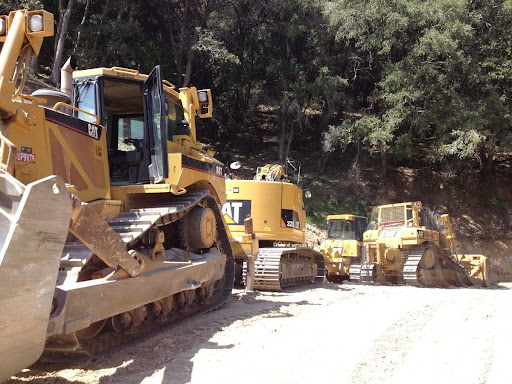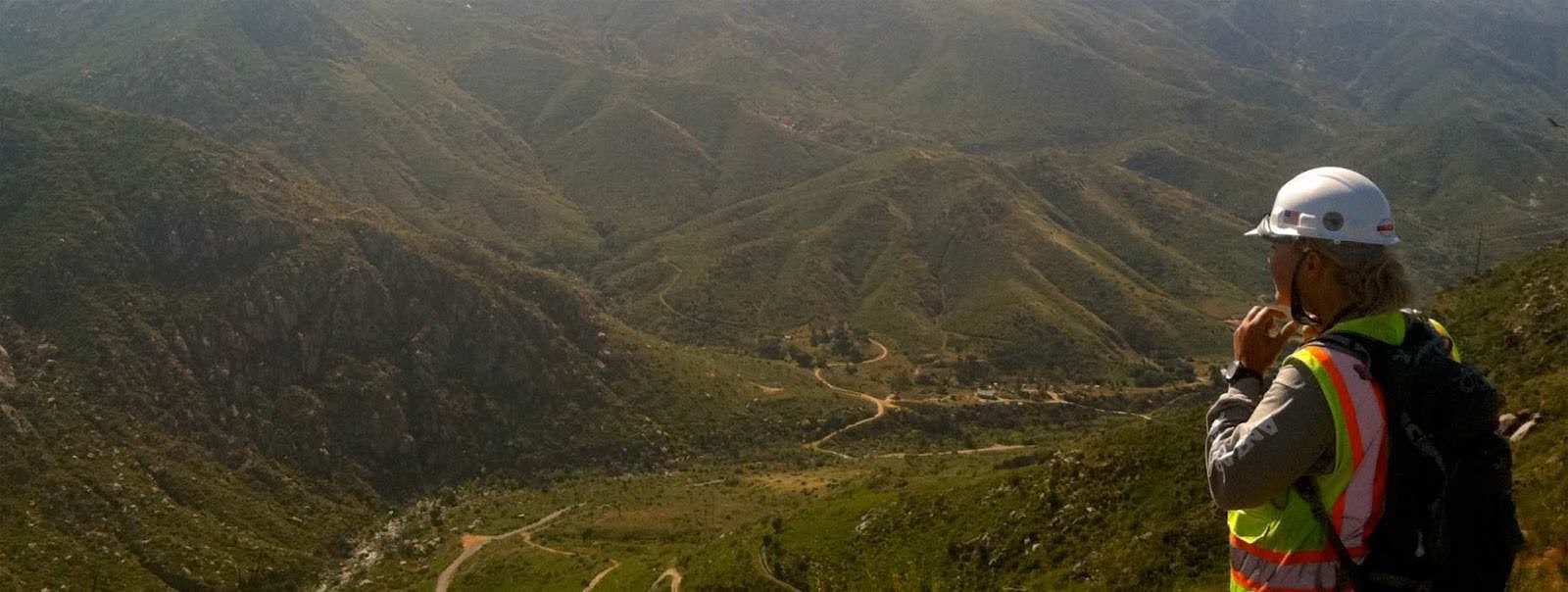The Vital Role of Biologists in Construction Monitoring
When construction and the natural environment intersect, careful oversight is essential to protect sensitive ecosystems. That’s where construction monitoring comes in. At SummitWest Environmental, our biologists work alongside construction crews to ensure projects comply with environmental regulations while minimizing impacts on wildlife, plants, and water resources.
What is Construction Monitoring?

SummitWest biologists performing environmental assessment in the desert of Southern California
Construction monitoring involves assigning a trained biologist to oversee a defined scope of work—this could include pole replacements, anchor installations, vegetation management, overhead utility work, and more. The goal is to safeguard sensitive resources such as rare plants, wildlife, fish, invertebrates, and wetlands while keeping the project on track.
Every project has unique environmental considerations, and our biologists help crews navigate site-specific protocols. Depending on the prime client’s requirements, environmental documentation must be reviewed, and detailed field reports are submitted using platforms like Survey123 and Field Maps.

Angeles National Forest road graving for Tehachapi Renewal Transmission Project for Southern California Edison
Preparing for the Field
Before stepping onto a site, the biologist carefully reviews job packages provided by the prime client. These documents contain critical environmental information, helping the biologist anticipate potential challenges. If there are knowledge gaps—such as uncertainty about the presence of protected species—additional research and consultation take place to ensure full preparedness.
On the day of monitoring, the biologist often arrives ahead of the crew for a pre-sweep of the site. In some cases, specific surveys must be conducted before work begins. For example, if woodpeckers are a protected species in the area, the biologist may arrive two hours early to assess their presence. In other cases, prior surveys may already provide the necessary data, allowing the biologist to conduct a standard pre-sweep 30 minutes before the crew arrives.

SummitWest biologist preparing for a day of fieldwork
On-Site Monitoring and Environmental Compliance
Once the construction crew arrives, a tailboard meeting is conducted. This meeting is crucial for reviewing safety protocols and discussing environmental considerations. The biologist provides guidance on avoiding sensitive areas, following best management practices, and ensuring compliance with regulations.
Construction monitoring can take place in a variety of settings, from roadside locations to remote sites deep in the backcountry. Some projects require hiking into rugged terrain, while others involve flying in via helicopter alongside the construction crew. Regardless of the location, the biologist remains on-site to observe operations, identify potential environmental risks, and intervene if necessary to prevent violations.

Biologists help identify and mitigate potential impacts to biological resources for Southern California Edison utility crew
Why Construction Monitoring Matters
Without proper oversight, construction activities can inadvertently harm fragile ecosystems, disrupt wildlife, and degrade water quality. By having a biologist on-site, SummitWest Environmental ensures that projects move forward responsibly—striking a balance between progress and preservation.
At the end of the day, construction monitoring is about more than just compliance; it’s about protecting the natural world while supporting essential infrastructure projects.

Our team takes pride in making sure the natural world is protected while also supporting essential infrastructure projects met.

